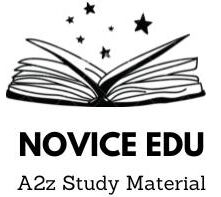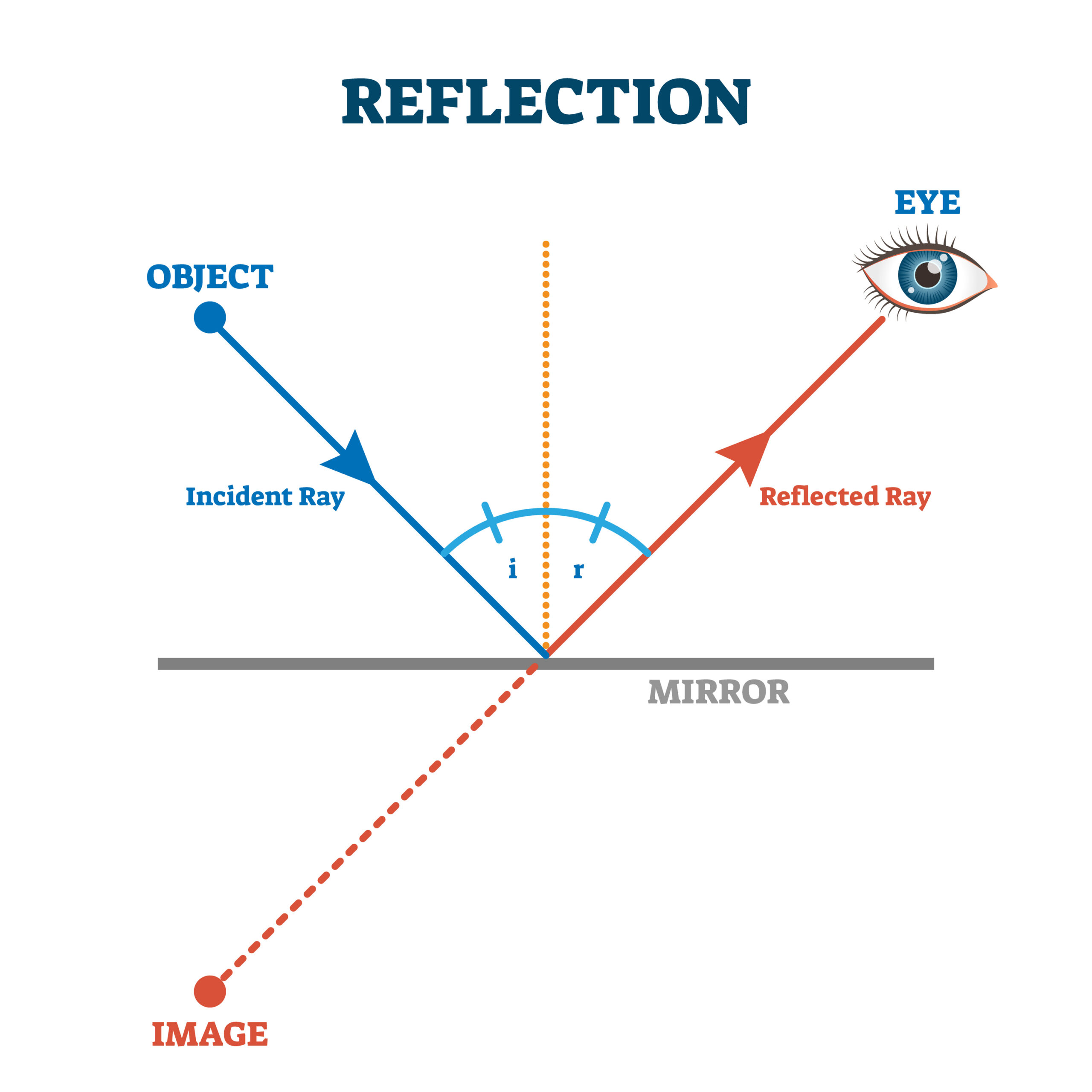Light Class 10 Notes – Reflection and Refraction
Introduction to Light Class 10 Notes(class 10 science notes) Light can be defined as energy that enables us to perceive objects. In other words, light moves in lines called rays and it’s observed to behave differently when encountering different materials or surfaces. Two main theories of light covered in this chapter are reflection and refraction which explain how it behaves upon travelling through various media. Reflection of Light Reflection is the situation when a ray of light strikes a surface and then bounces back into the same medium. This is seen in mirrors, shiny surfaces, and even calm water bodies. Through comprehension one can understand how images are made on mirrors and other reflecting apparatuses(class 10 science notes) Laws of Reflection: There are two fundamental laws governing the reflection of light: The Angle of Incidence Equals the Angle of Reflection: When light strikes a surface, it does so at an angle (angle of incidence), which is equal to that at which it bounces off that surface (angle of reflection). The Incident Ray, Reflected Ray, and Normal Lie in the Same Plane: There is a single plane containing the incident ray (incoming light), reflected ray (bounced light), and normal (the line perpendicular to the surface at the point where reflection occurs). (Light Class 10 Notes)(class 10 science notes) Types of Reflection: (class 10 science notes) Regular Reflection: This kind of happens on smooth surfaces such as mirrors; all rays are coherent with each other and can form clear images. Diffuse Reflection: It happens on rough surfaces where reflection takes different directions hence making images either blur or absent. Plane Mirrors: Flat mirrors are reflective surfaces that create virtual images. A virtual image cannot be projected on a screen, as it seems to be at the back of a mirror. The following are some features of an image created by a plain mirror: Virtual and Upright – The picture appears behind the mirror and is not inverted. Same Size as the Object – The size of the object is equal to that of its reflection in the mirror. Laterally Inverted – The right and left sides of this image are transposed. Equal Distance – The distance from the object to the mirror is always equal to that from the image to it. (Light Class 10 Notes) Spherical Mirrors These mirrors have curved surfaces and two types namely concave and convex mirrors. They are formed when you cut out a part of a sphere and their properties depend on how they curve. Concave Mirrors: Concave mirrors have a reflecting surface that curves inward like inside parts of a sphere. They bend light rays, thus useful for focusing light. When illuminations producing objects are at different locations from these mirrors, either real or virtual pictures can form through them. Real ones occur due to convergent light rays and can project upon screens.’ ( class 10 science notes) Main Pointers for Concave Mirrors: Actual and Upside-Down Picture: A real and upside-down picture is created when the object is placed beyond the focal point. Imaginary and Magnified Image: When the object is put between the mirror and the focal point, a virtual, erect, and magnified image is formed. Principle Focus (F): The place where parallel rays of light meet after they are reflected from a mirror. Focal Length (f): It refers to the distance that lies between the pole (the center of curvature of the mirror) and focus. Center of Curvature (C): Refers to a point that serves as the middle for any segment comprising an arc or two points on it. (Light Class 10 Notes) Convex Mirrors: These mirrors have a reflective surface that bulges outwards like the outer surface of a sphere. They diverge beams of light thus making them suitable for wide fields of vision such as in rearview mirrors in vehicles. Convex mirrors always create virtual, erect, diminished images regardless of an object’s position. Main Characteristics of Convex Mirrors: Virtual Image: They always form a virtual image that cannot be projected on a screen. Reduced Image: The image formed is less than the actual object. Large Field of View: They provide a larger field of view, therefore suitable for security and rearview needs. Mirror Formula and Magnification: The behavior of mirrors can be quantitatively understood by using the mirror formula and magnification which are important tools. (Light Class 10 Notes) Mirror Equation: Mirror equation states the relationship between object distance (u), image distance (v) and focal length (f) of the mirror: This holds for both concave and convex mirrors, with distances’ nature depending on sign convention. Magnification: Magnification (M) is given by the ratio of height of the image (hi) to height of the object (ho): A negative magnification shows an inverted image while positive magnification shows an upright image. Refraction of Light The bending of light when it moves from one medium to another with varying densities such as from air to water. This is because the speed of light varies with different media. (Light Class 10 Notes) Laws of Refraction: Refraction follows two basic laws: The Incident Ray, Refracted Ray, and Normal Lie in the Same Plane: The incident ray (incoming light), refracted ray (bent light), and normal (line at right angles to the surface at the point where a beam of light strikes it) are in the same plane. Snell’s Law: A ratio of sine i, angle of incidence to sine r, angle of refraction is constant. This ratio which is called as refractive index (n) determines how much it slows down light in a medium. (Light Class 10 Notes) Refractive Index: It shows how much slower the speed of light is in that medium vis-à-vis vacuum. It can be calculated as per the below equation, Where c is actually velocity involving mild within a Hoover along with v is velocity involving gentle inside moderate. When entering the medium, if there is a high refractive index it indicates that more bending will occur since there will be … Read more

